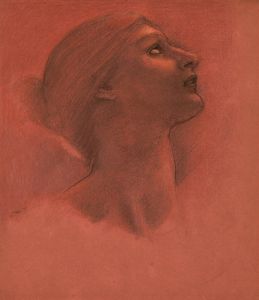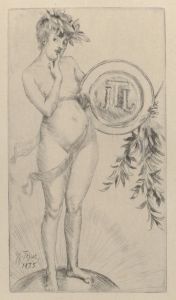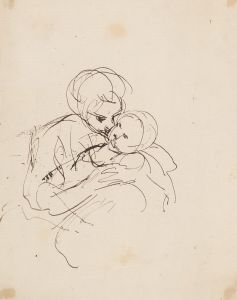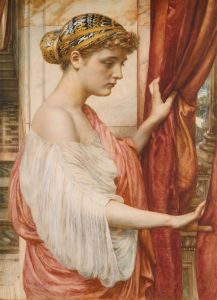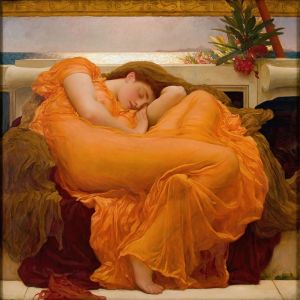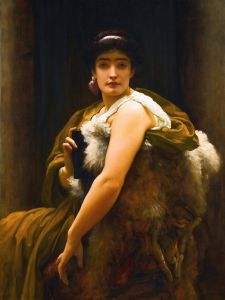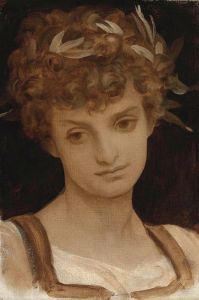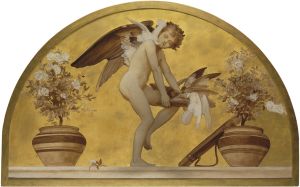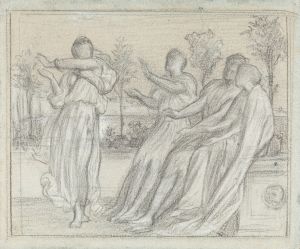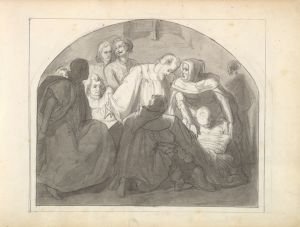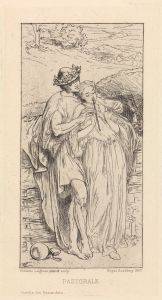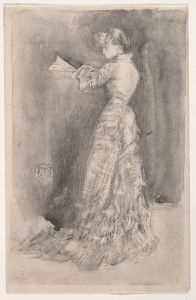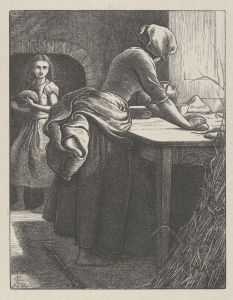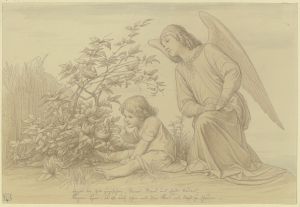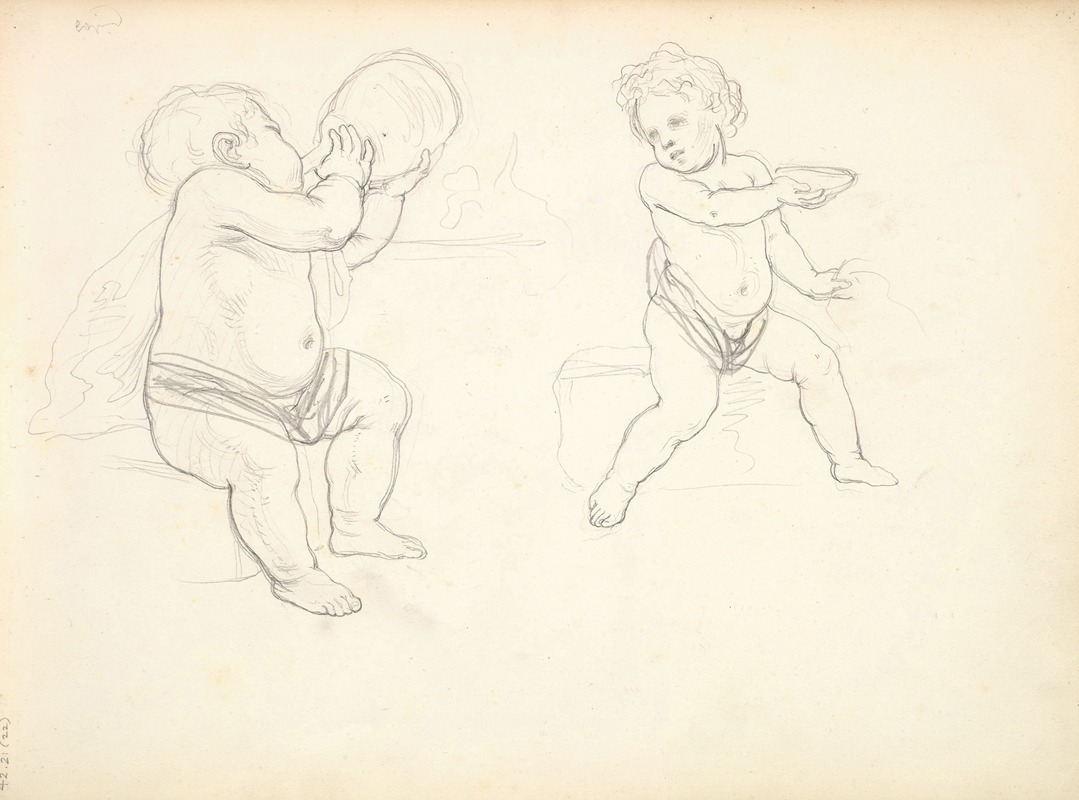
Two Children
A hand-painted replica of Frederic Leighton’s masterpiece Two Children, meticulously crafted by professional artists to capture the true essence of the original. Each piece is created with museum-quality canvas and rare mineral pigments, carefully painted by experienced artists with delicate brushstrokes and rich, layered colors to perfectly recreate the texture of the original artwork. Unlike machine-printed reproductions, this hand-painted version brings the painting to life, infused with the artist’s emotions and skill in every stroke. Whether for personal collection or home decoration, it instantly elevates the artistic atmosphere of any space.
Frederic Leighton, an eminent British artist of the 19th century, is renowned for his contributions to the academic art movement. Among his numerous works, "Two Children" stands out as a fine example of his skill in capturing the innocence and simplicity of childhood. Although not as widely recognized as some of his other masterpieces, this painting reflects Leighton's adeptness in portraying human figures with grace and sensitivity.
"Two Children" is a painting that exemplifies Leighton's meticulous attention to detail and his ability to convey emotion through subtle expressions and gestures. The artwork depicts two young children, whose identities remain unknown, engaged in a moment of quiet interaction. The composition is characterized by its serene and intimate atmosphere, a hallmark of Leighton's style. The children are portrayed with a softness that highlights their youthful innocence, a common theme in Leighton's work.
Leighton was known for his classical training and his dedication to the principles of academic art, which emphasized technical precision and adherence to classical ideals of beauty. In "Two Children," these principles are evident in the careful rendering of the children's features and the harmonious composition of the scene. The painting is executed with a refined palette, using gentle tones that enhance the tranquil mood of the piece.
The background of the painting is kept deliberately simple, allowing the viewer to focus on the children. This technique is typical of Leighton's approach, where the human figure is often the central element, and the surroundings serve to complement rather than distract from the main subjects. The use of light and shadow in "Two Children" is particularly noteworthy, as it adds depth and dimension to the figures, further enhancing the realism of the scene.
Leighton's work was highly regarded during his lifetime, and he was a prominent figure in the Victorian art world. He served as the President of the Royal Academy of Arts from 1878 until his death in 1896, a testament to his influence and standing in the art community. His paintings, including "Two Children," were celebrated for their beauty and technical excellence, and they continue to be appreciated by art enthusiasts and scholars today.
While "Two Children" may not be as famous as some of Leighton's larger and more ambitious works, it remains an important part of his oeuvre. The painting is a testament to his ability to capture the essence of his subjects with sensitivity and precision. It reflects the values of the academic art movement and Leighton's commitment to creating works that are both aesthetically pleasing and emotionally resonant.
In summary, "Two Children" by Frederic Leighton is a beautiful example of 19th-century academic art. It showcases Leighton's skill in portraying human figures with grace and subtlety, and it embodies the ideals of beauty and technical mastery that defined his career. The painting continues to be admired for its simplicity, elegance, and the timeless quality of its depiction of childhood.





